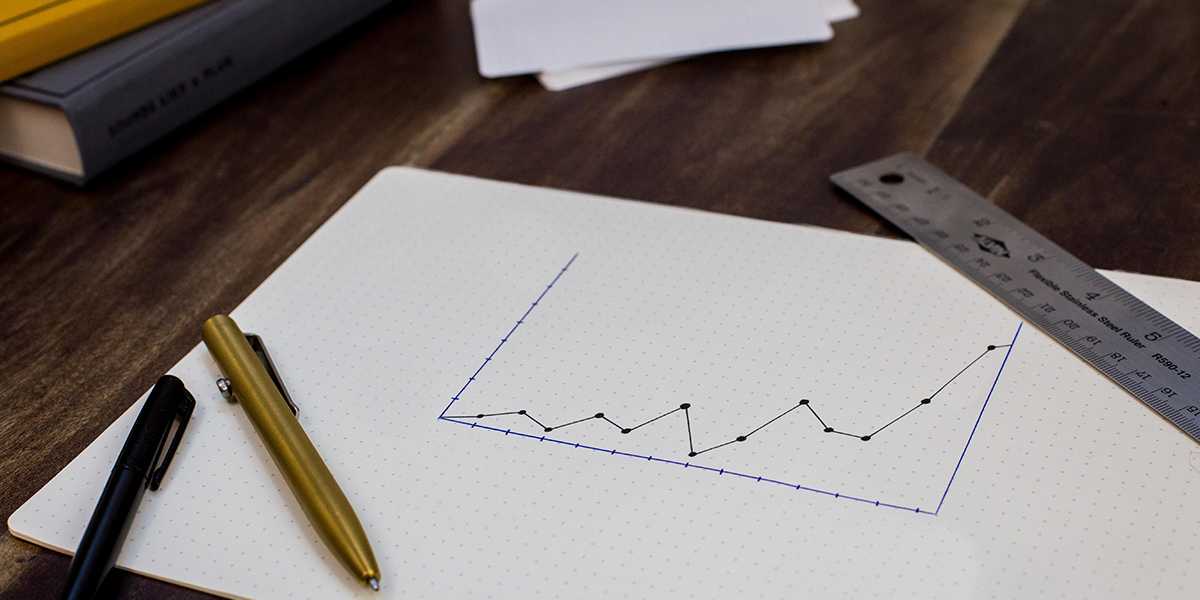
Andreas
Data Scientist
October 8, 2019
Revenue Management
5 Facts you need to know about Booking Curves
Booking curves are the most important thing for every revenue manager and hotelier. On the basis of the following five facts, we explain which conclusions can be drawn from the promising curves.

The usage of revenue management is already pretty common in the hotel industry. The calculation of professional price recommendations is based on well-founded data from the hotel itself, from competitors or, for example, from the market. In order to be able to analyze the optimal price for each day, there is no other way than to create booking curves. The intelligent curves not only help to calculate the optimal price - they also indicate a few other things about the performance of the hotel.
1 Booking Window
To understand how the booking frequencies for specific arrival dates behave, it is helpful to study booking curves. This approach can be used, for example, to identify times when bookings are weak and thus initiate appropriate advertising campaigns. On the other hand, lucrative times can be detected, in order to turn adjustments in terms of pricing or restrictions. On the other hand, lucrative times can be detected, in order to turn adjustments in terms of pricing or restrictions.
The analysis of the booking curves is important not least because, especially in the holiday hotel industry, no general statement can be made about regular booking windows due to seasons. It should also be taken into account that bookings from different segments, also within the same hotel are usually not made in the same period. For example, this means that business customers tend to book at shorter notice than holiday customers.
2 Comparisons
Booking curves are ideal for making comparisons with the previous year. Is the difference of the performance to the same weekday of last year only of a short-term nature or is the cause deeper? By regularly checking the behavior of the current booking curve against historical data, deviations can be quickly identified.
3 Free Rooms
If you look at the usual booking curve for a particular day in detail, you can see how the occupancy rate is progressing for that arrival day. The closer the arrival day comes, the higher the occupancy normally increases. If one notices that the occupancy rate is already high on the y-axis for a longer period before arrival, this indicates that the hotel is booked very early, very well for the considered arrival day. That's great, isn't it?
Well - an early very high occupancy rate may indicate some indications. But if this progression of the booking curve is not only an exception but the rule, you should take a closer look at the reasons. In this case, one of our revenue managers would advise you to take a closer look at the current pricing strategy and critically question it. Potentially, a later increase in the booking curve and a sale of the rooms at a correspondingly higher price would be more lucrative. To ensure that the hotel is not empty on the day of arrival, demand prognoses and forecasts can be used to weigh up how many bookings and cancellations are likely to occur.
4 Cancellations
Booking curves should not always rise! If this is the case, the cancelled rooms have most likely been skipped and a distorted picture of the current status is displayed. Especially now, during the peak phase of online travel agencies, a significant proportion of online bookings are cancelled. If these cancellations are ignored in the booking curve, you may overlook the fact that your system always receives a large number of cancellations at a certain point in time. This may be due to the fact that the deadline for free cancellations ends at exactly this time. By integrating cancellations into the booking curve, recurring anomalies can be recognized immediately and considered in the hotel's sales strategy. Nevertheless, if the booking curve is untypical, you should check the cancellation guidelines on your own website and on all sales channels.
5 Pickup
With all the wonderful features of booking curves, don't forget that they don't show everything (you can't do everything). For example, it is difficult to compare the pure pickup at different times before arrival on the basis of booking curves. Is the pickup (bookings received per day for a specific arrival day) higher two months or four months before arrival? In simple terms, "when is the most frequent booking time for my guests" for a special arrival date?" Using the booking curve, the daily pickup for each day before arrival would have to be read out separately. Since this is not only very tedious, but also costs a lot of valuable time, it is better to use a pickup overview. This provides a clear picture of the periods with high and low frequencies. This information can then be used, for example, to plan the optimum times for strategic marketing activities or short-term advertising campaigns.
Fazit
If you want to understand the performance of your hotel and the booking behaviour of your target group, you should work with booking curves and their analysis. As the manual creation and analysis of booking curves can be very time-consuming, RateBoard offers, among other things, a number of features to make this work more efficient. (Get to know why you shouldn't use Excel for your revenue management). In addition, RateBoard can also be used to create individual notifications to be informed by email in the case of unusually high changes in the booking curve. This enables further manual adjustments to be made beyond the automatic price recommendations. A daily or weekly pickup report provides a clear summary of recently generated bookings.
Learn more about how booking curves and RateBoard will help you to improve your price strategy in a personal call. Arrange your appointment now!
SHARE

Subscribe To Our Newsletter
Sign up now and receive monthly hotel and revenue management insights.
